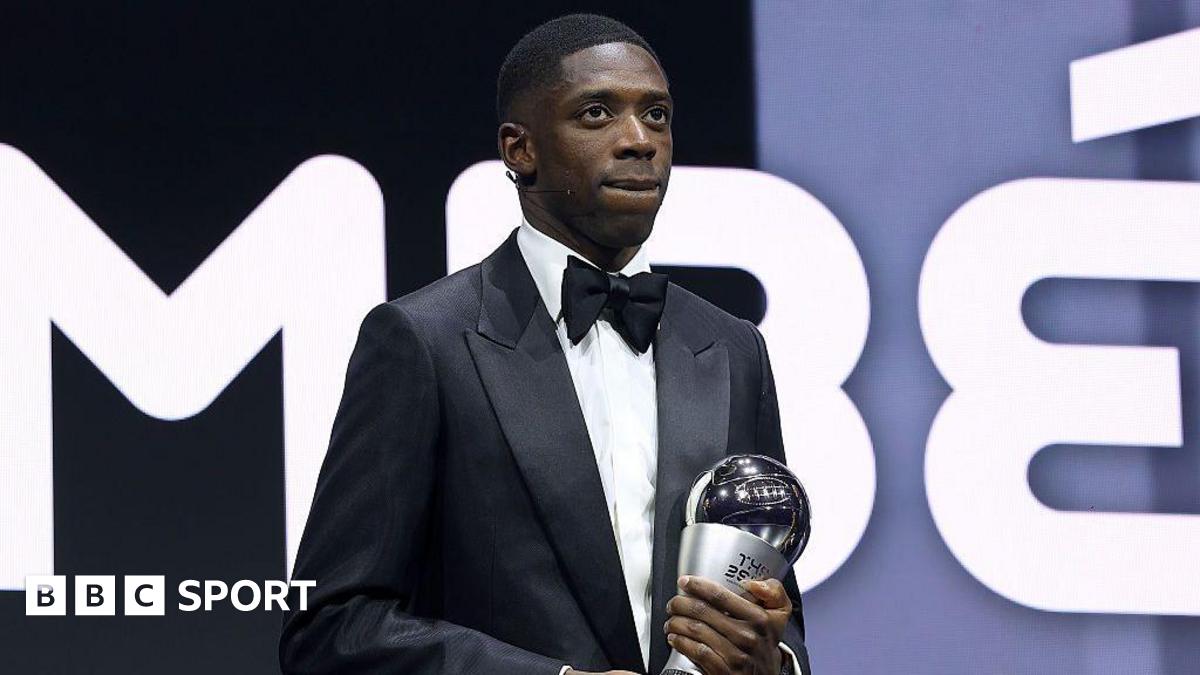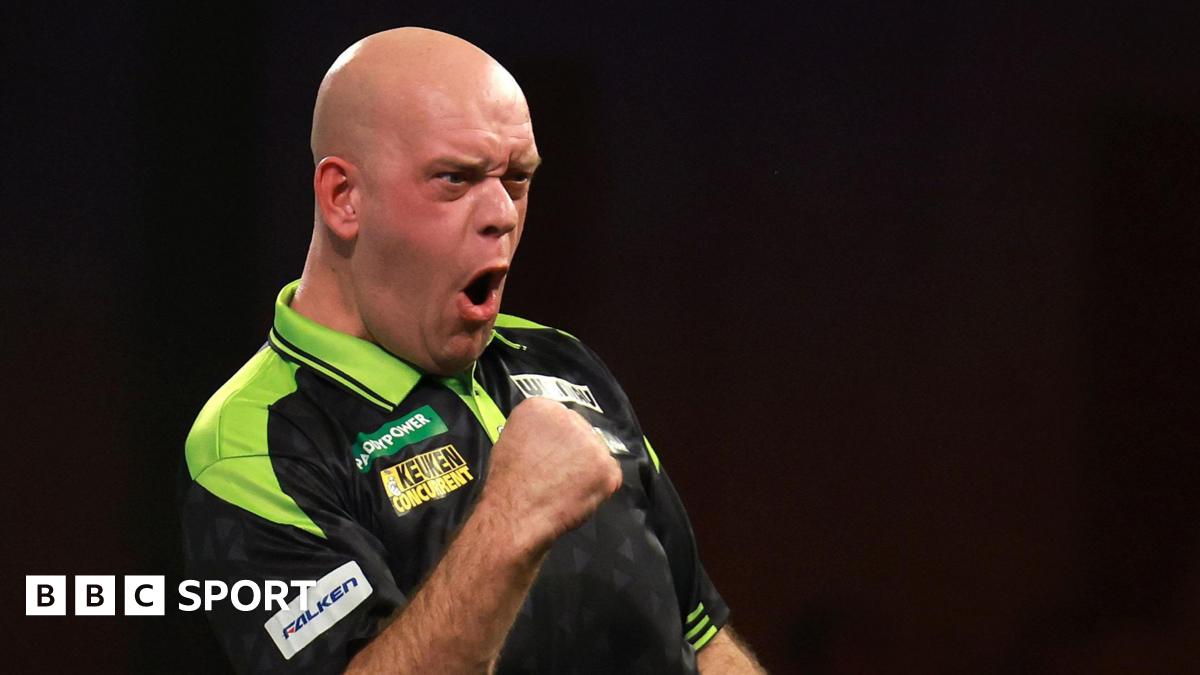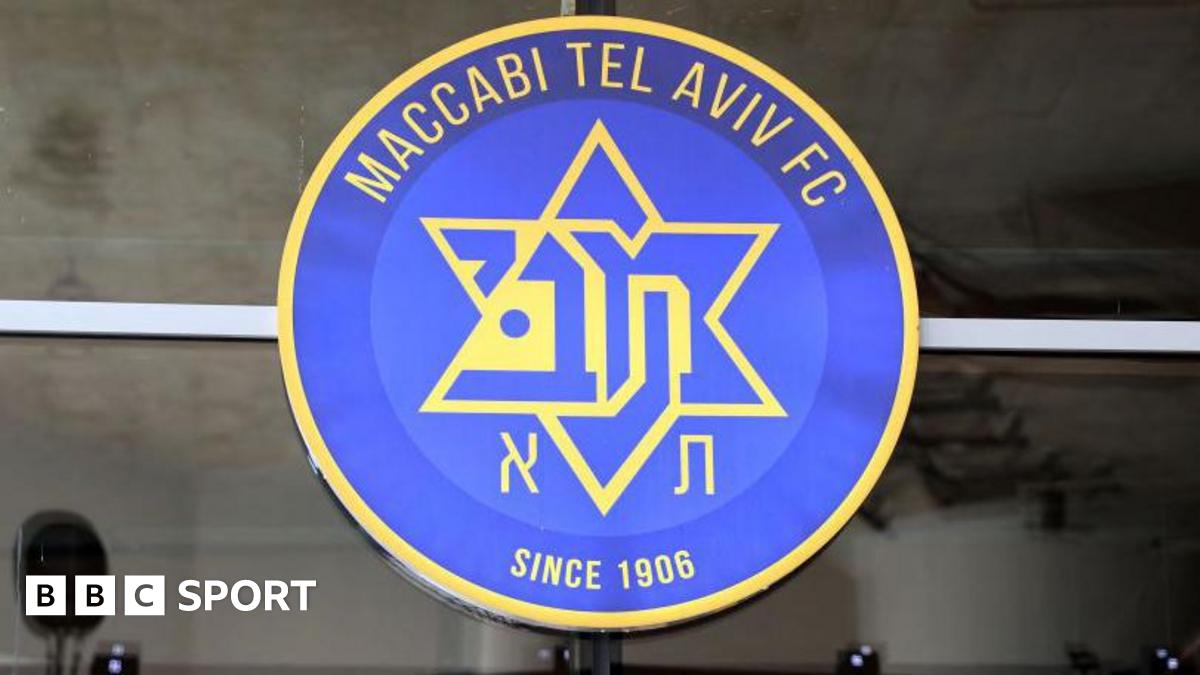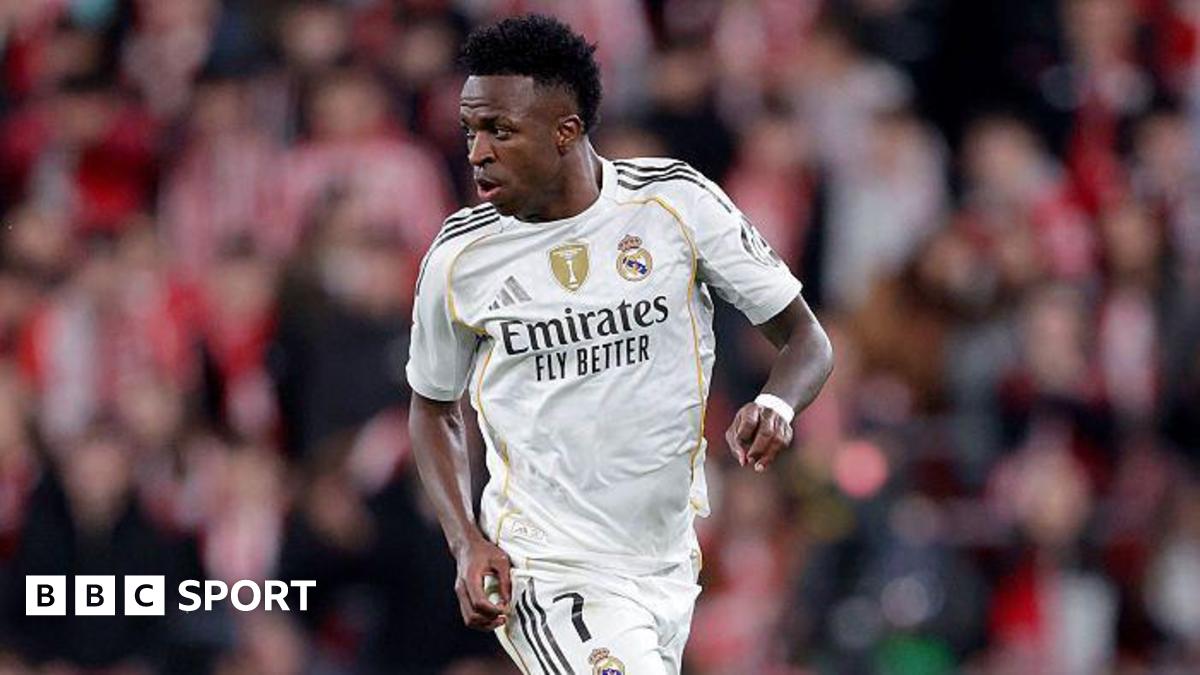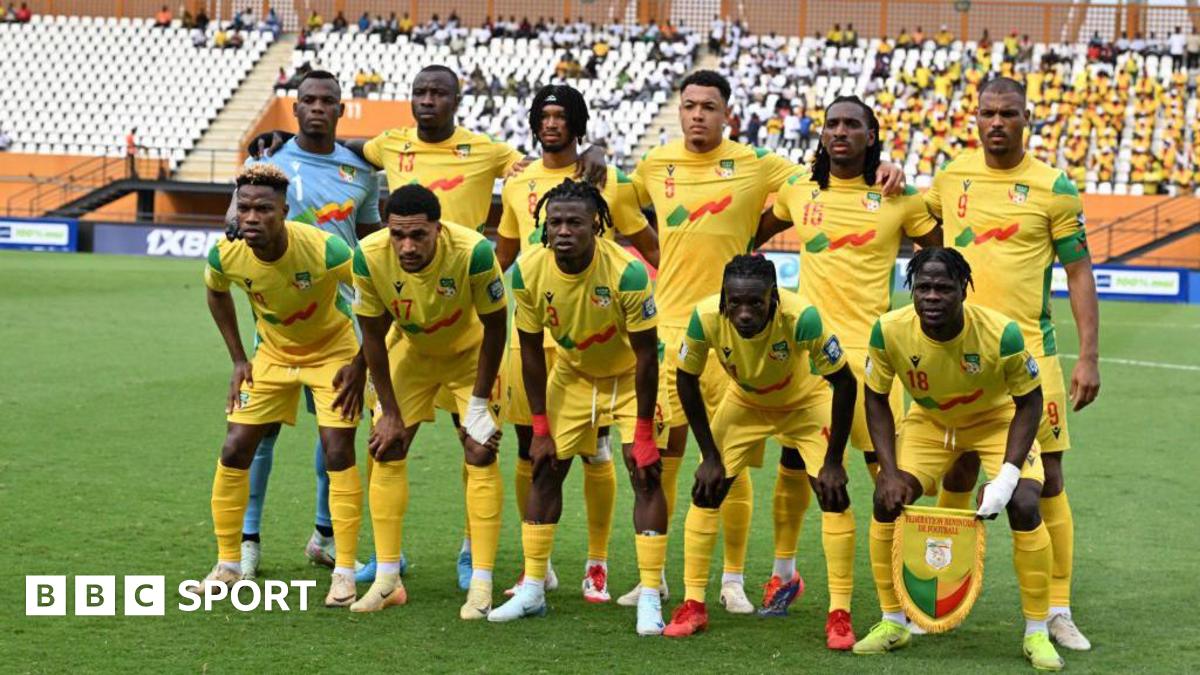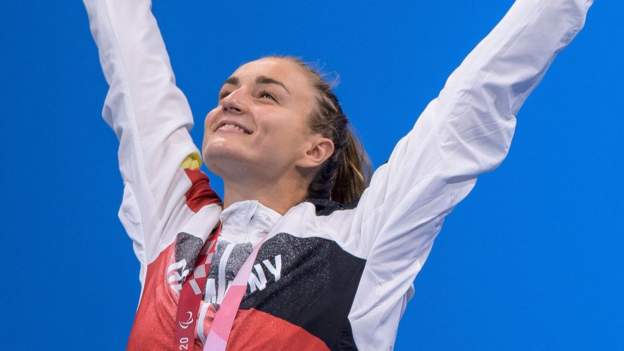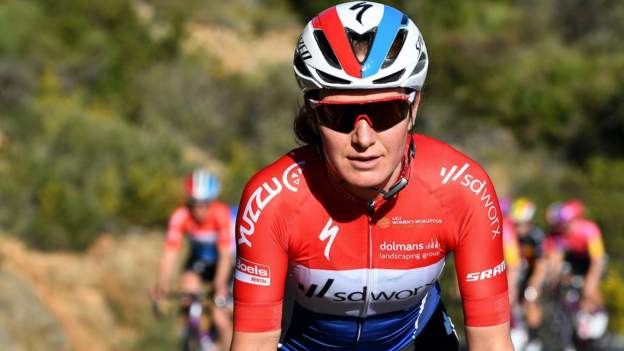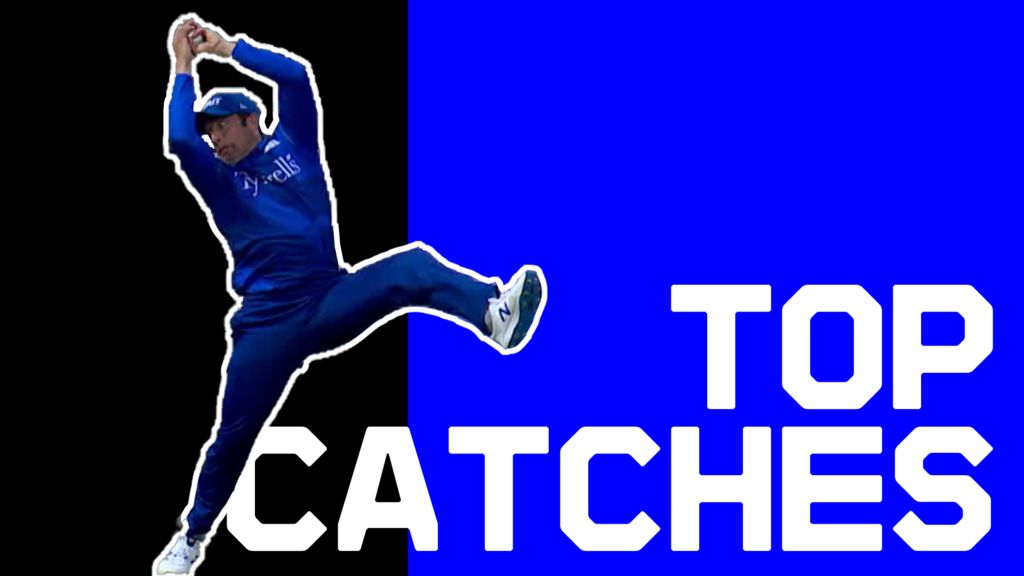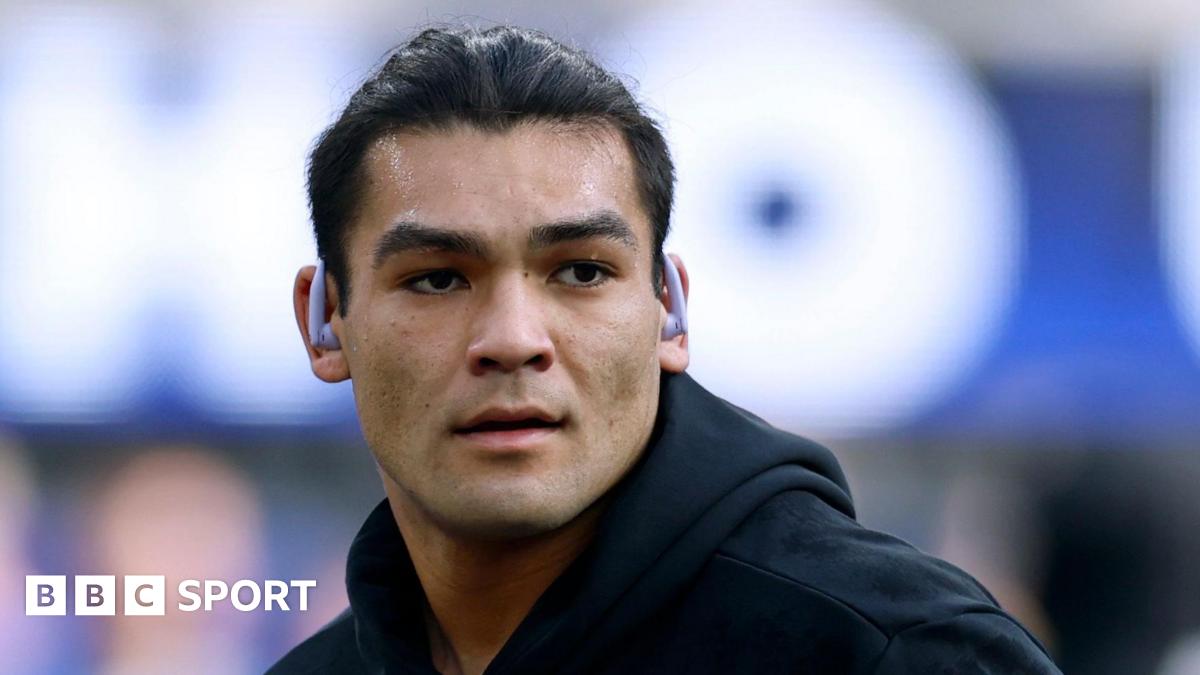
Elena Krawzow dives off the blocks. There’s half a beat of silence. A moment of stillness. Then her hands cut the surface. A rush of water, a crash of noise. She submerges and starts counting.
“I know nothing about what’s happening around me in those seconds,” Krawzow says.
“That’s partly because of my disability, but also my focus.
“I count the strokes to orientate myself. That way I know when in one more stroke there will be the wall and the turn.
“I can’t tell what’s going on in lane three, five or wherever. I worry only about myself, my technique, my race.”
Krawzow is visually impaired, only 3% of her vision remains. She can’t see her rivals, the ripples, the reaction.
She can’t see the photographer either. But she can hear the click of the shutter, the instructions and encouragement.
Krawzow’s not on the blocks now, but on a boardwalk. The sea beneath her is flat and calm. The sun above blazes hot. Wearing only a pair of white bikini bottoms, she runs her hands through her hair and pouts towards the photographer’s voice.
It’s a long way from the pool. It’s even further from the start.

Krawzow was born in Mergen, a small village in southern Kazakhstan. It was 1993. Her country had been independent for a little over two years. The separation from a splintered Soviet Union left scars.
Mergen’s farms were short of seeds and customers. Work for Krawzow’s family was scarce, money was tight. There were days when she and her siblings would get by just on tea and bread.
When Krawzow was seven, things became even harder. Her teachers noticed that she would squint and strain to see the board. She would hold books close to her nose as she tried to read.
The family’s desire to leave grew more urgent. They needed to find somewhere to treat and teach their young daughter.
Firstly they went to Russia and a Moscow eye hospital, where her macular degeneration was diagnosed. Krawzow was sent to a boarding school for disabled children, where violence – between kids, from teachers – was common.
Finally, with Elena now aged 11, the Krawzows managed to re-settle in Germany.
“It was not easy to change countries,” she remembers.
“I come from a very small village and the European lifestyle, and Germany was completely new to me. I felt like an alien.
“But it was the best choice from my parents. I am very happy to live in Germany, because a lot of people here helped me to realise myself.”
One was Michael Heuer – a sports teacher. He saw that for Krawzow – a fish out of water – swimming could be an outlet.
During the week she trained herself, counting strokes and lengths. At the weekends she lost herself dancing to the beats of Berlin’s techno clubs.
She went to the London 2012 Paralympics as a teenager, claiming silver for Germany aged 18. She won her first world title a year later. In 2016 she set a world record in her favoured event, 100m breaststroke.
Success brought attention and the opportunity to break further ground.
“I was a little bit popular before – because I’m a world champion and had world records and all these things – but it was very important that Playboy made that request to do the shoot,” she says.
“I am the first disabled person to be on the cover. It was a step to show other guys in the world that people with a disability are the same as those without a disability.”

Other Paralympians have done similar, before Krawzow’s shoot in the autumn of 2020.
British sprinter Jonnie Peacock posed shirtless for Attitude in 2013. American Sarah Reinertsen – like Peacock a lower-limb amputee – featured naked in ESPN’s Body Issue in 2009.
But Krawzow’s German Playboy cover, unapologetically erotic, caused a greater stir.
Some Paralympians have long criticised their casting as stars of ‘inspiration porn’ – media coverage that lingers on disability as a defining feature to be overcome with dignity and determination. They see their sporting achievements reduced to two-dimensional feel-good fodder for an able-bodied eye.
Krawzow’s shoot hit the newsstands in October 2020, raising eyebrows, and also questions. How do we see Paralympians? Are we comfortable seeing this much of one? What about an athlete in a wheelchair? Or with cerebral palsy?
“I wanted to show that people with a disability are the same as those without a disability,” Krawzow says. “We want the same chance to live, to love ourselves independent of the disability.
“In Germany some of the population are very shy and nervous around people with a disability. I don’t know why. We are not dangerous. We are normal people. That was my challenge; to show we are completely normal and they can speak with us like normal people.
“A lot of women and other people wrote to me on Instagram to say thank you and to say it motivated them and made them feel better, it was so nice to hear it.”
Not everyone was a fan. Krawzow’s parents, who have moved back to rural Kazakhstan from Germany, found the cultural and generational gap too wide.
Her father didn’t talk about it. In relation to other, more modest bikini-clad photos featured on her social media, he expressed concern over the lack of warmth and support in her outfits.
He was soon on more comfortable ground. Less than a year after the Playboy shoot, Krawzow was back in a one-piece, back in the pool, back among the hunt for medals.
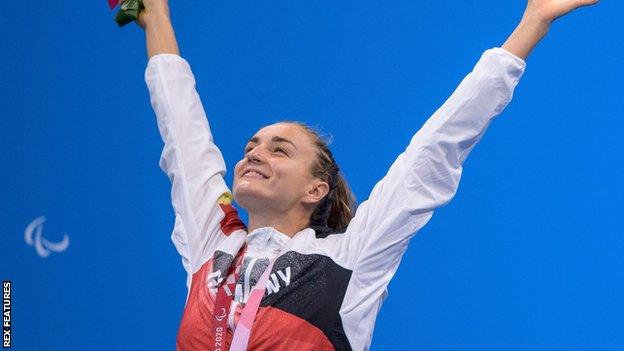
Halfway through the 100m breaststroke Paralympic final at the Tokyo Aquatics Centre, on 1 September 2021, Krawzow sensed something was amiss.
“Just after the 50m turn, as I came back for the final length I thought ‘maybe someone has turned before me,'” she remembers. “Maybe Rebecca is faster than me.”
The Rebecca in question is Britain’s Rebecca Redfern. She was indeed a second or more ahead. Krawzow could feel her dream of Paralympic gold slipping away. Again.
Five years earlier Krawzow had arrived at Rio 2016 as a world record holder and red-hot favourite, but faded to fifth. Determined not to be denied again, she reeled in Redfern, inch by inch.
The German touched first, but was one of the last to know it.
“I had to ask a volunteer at the poolside what my time was,” she says.
“After that I realised I was the winner. It was very emotional for me. There was a lot of work and sacrifices for this medal so I was the happiest girl in the world.”
After the Paralympics, Krawzow travelled, celebrated and got engaged to her boyfriend. Life was good, but her headaches were bad.
She had felt them in Tokyo, but put them down to jet-leg, a new environment, the build-up of a decade of Paralympic pressure. They were harder to explain as they persisted on a post-Games holiday in Paris.
She went for an MRI scan the afternoon after she and her fiancée Phillip had been shopping for wedding rings. The images came back showing a malignant brain tumour.
“I had been so happy and then in that next second of the diagnosis, I felt completely destroyed,” Krawzow says.
“All my good feeling was gone.”
An operation followed, chemotherapy and radiotherapy stretches in front of her for another 10 months. Our interview was interrupted by the latest, thankfully upbeat, update from her doctor.
Krawzow, now 28, is still training, still competing, still unswerving in her approach to sport and life: ignoring the noise, focusing on her own race. June’s World Championships in Portugal is next. Paris 2024 around the corner.
“One of my first questions after my brain operation was how soon can I train again,” she says.
“I think this is one of the most important things in life: to have goals, rather than staying at home, thinking about all the horrible things.”
Instead Krawzow keeps chasing her new horizons, and challenging our old assumptions.



